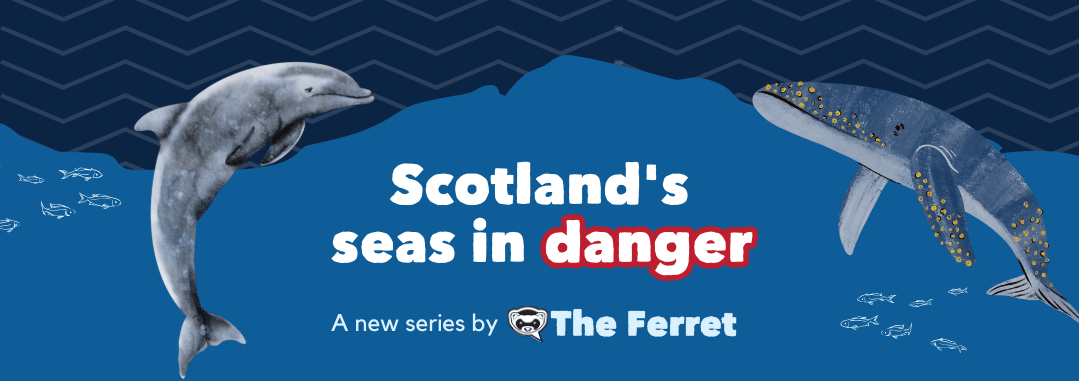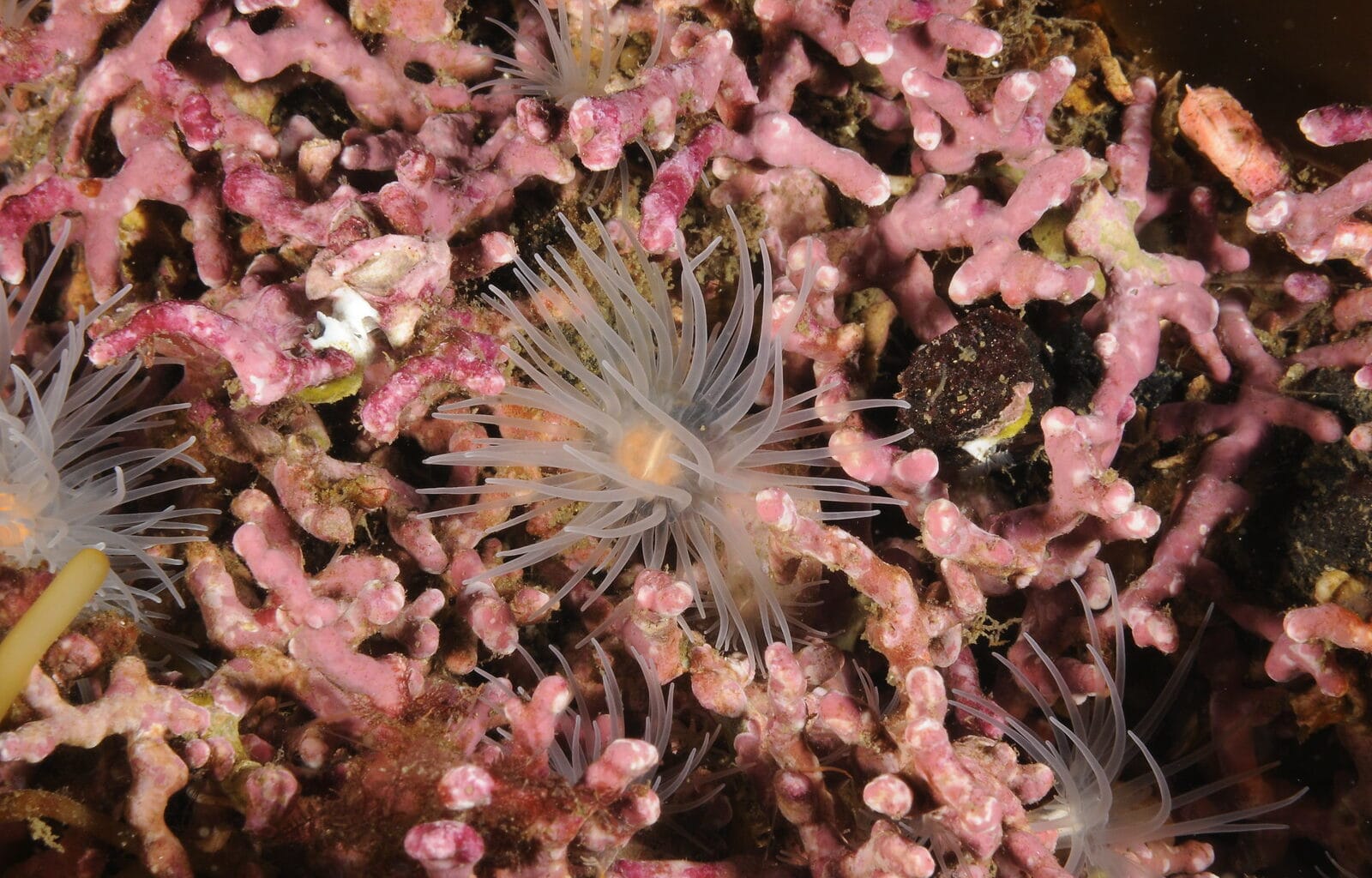Scotland’s marine environment and how best to protect it has been under the spotlight in recent years.
Attempts to strengthen protections for marine sea life have run into controversy, particularly the Scottish Government’s proposal to introduce highly protected marine areas.
As part of our Scotland’s Seas in Danger series, Ferret Fact Service looked at the state-of-play of marine protection.

What protections are in place?
Scotland currently has a number of different protections in place covering marine areas.
Marine protected areas (MPAs) span 247 sites, covering 37 per cent of Scotland’s seas.
In these MPAs, activities like fishing, aquaculture and energy infrastructure are allowed, if they are licensed and in line with legislation.
However, the Scottish Government has the power to restrict activities in MPAs that negatively impact protected features. Ministers can also put in place marine conservation orders which are approved by the Scottish Parliament. They can also issue fines for breaking rules in MPAs, such as fishing within restricted areas.
A few different types of MPAs exist, including nature conservation MPAs, special areas of conservation, special protection areas, sites of special scientific interest (SSSIs), and Ramsar sites, which cover wetlands of “international importance”.
Nature conservation MPAs cover “nationally important habitats and species” which are essential for the marine ecosystem to survive and thrive. Special areas of conservation are sites which were designated initially when the UK was part of the European Union. Special protection areas are specifically designed to protect birds, while SSSIs are marine sites with importance to Scotland’s plants, animals or geology.
There is also one ‘demonstration and research’ MPA around Fair Isle in Shetland, and eight historic MPAs which cover important heritage areas of Scotland, the first of which was put in place after the discovery of a shipwreck site in Drumbeg, Sutherland.
In addition to these areas, there are also priority marine features (PMFs). This includes a variety of habitats and species considered to be “characteristic of the Scottish marine environment”, such as flame shell beds, coral reefs, minke whale and basking shark.
These protections are underpinned by the Marine (Scotland) Act 2010, which covers planning, licensing, conservation, and enforcement.
What did the Scottish Government want to do?
Highly protected marine areas, or HPMAs, were proposed to give special protections to parts of the sea around Scotland.
The aim of the HPMAs was to help marine life and environments recover from the impacts of practices harmful to the natural environment, including pollution and industrial fishing.
It was planned that the areas would cover about ten per cent of Scotland’s seas, with a number of activities believed to put pressure on marine environments banned or severely restricted within their boundaries.
The policy was part of the SNP and Scottish Greens’ co-operation agreement – known as the Bute House agreement – after the 2021 Scottish Parliament election.
These extra protections for Scotland’s marine ecosystem were developed after key species and habitats were found to be in decline, a trend that has continued in recent years.
What would the restrictions have been?
Commercial and recreational fishing would have been banned within the HPMA zones.
Aquaculture, which includes fish farming, shellfish and seaweed cultivation, would also not have been allowed.
In addition, the Scottish Government intended for HPMAs to restrict oil and gas exploration and extraction, although powers over those industries are mostly reserved to Westminster.
No new renewable energy projects would have been allowed in HPMAs either.
Why was the policy dropped?
When the plan was announced, it was criticised by some in coastal communities as well as island and fishing industry organisations.
While there is support for increased protections for marine areas in general, concerns raised focussed on the potential impact on jobs and populations in coastal communities if fishing was banned in HPMAs.
What is the Scottish Government’s plan now?
The HPMA policy was shelved after this criticism and the response to a consultation, which showed strong opposition to the proposed plans.
Consultation responses were very polarised. While around 55 per cent of overall responses were in favour, a large proportion of these were part of a single campaign. With these removed, about a fifth supported the aims of HPMAs, while three-quarters were opposed.
Màiri McAllan, the environment secretary, stated that the proposal, “as consulted on,” would not be continued and that HPMAs would not be brought in across 10 per cent of seas by 2026.
Instead, ministers aim to develop existing policies around management of fishing in marine protected areas, and priority marine features.
They have also stated that the Scottish Government intends to support new community-led marine protection initiatives. McAllan cited the example of the no-take zone – in which no marine life can be fished – at Lamlash Bay, Arran. The community-led initiative has had significant success in restoring damaged marine habitats.
Scotland’s Seas in Danger is a year-long investigative series by The Ferret that delves into Scotland’s marine environment. Our investigations were carried out with the support of Journalismfund Europe.

This project is was conducted in partnership with the Investigative Reporting Project Italy (IRPI), which will publish its work later this year.
If you like what we do and want to help us do more independent journalism, you can support us by becoming a member. You can also donate or subscribe to our free newsletter.
Photo credit: NatureScot/Ben James














